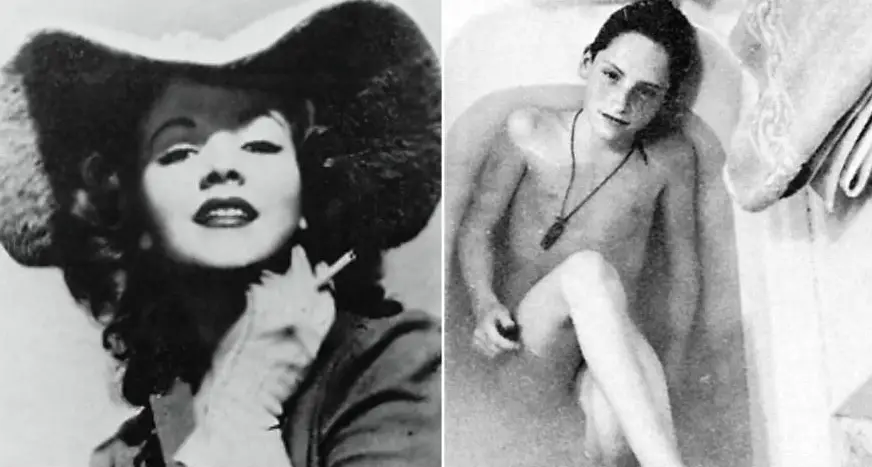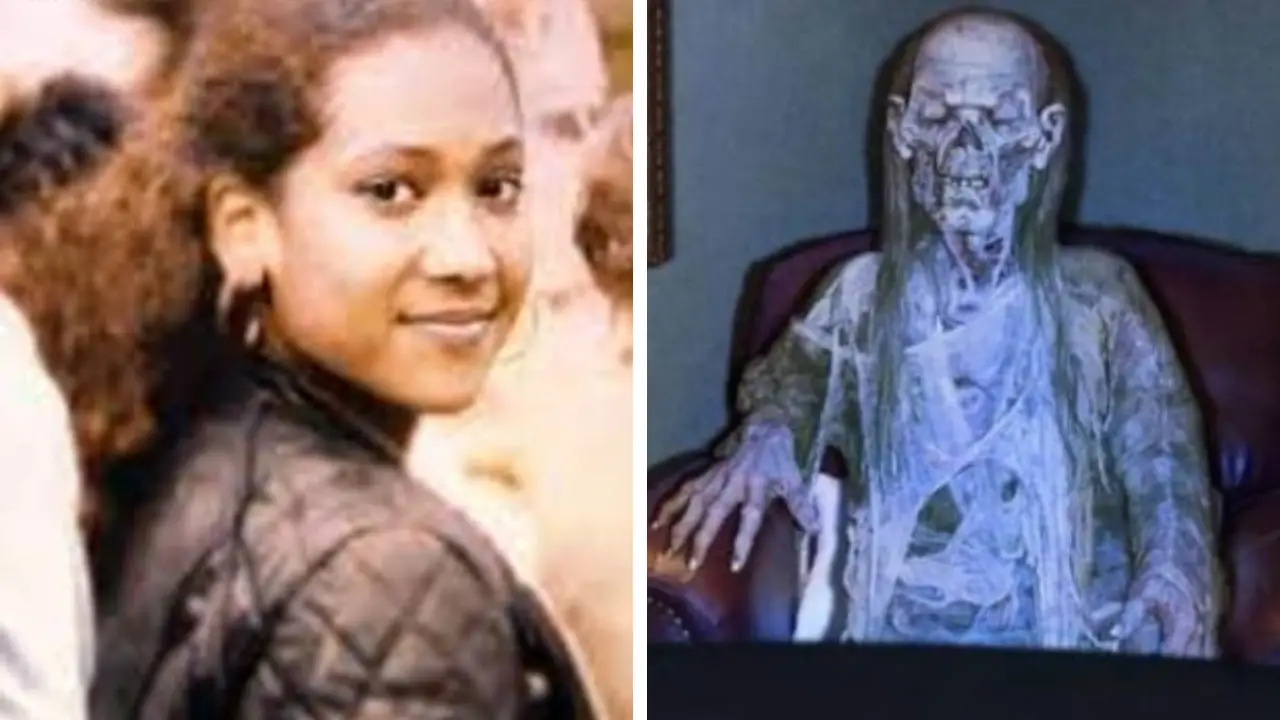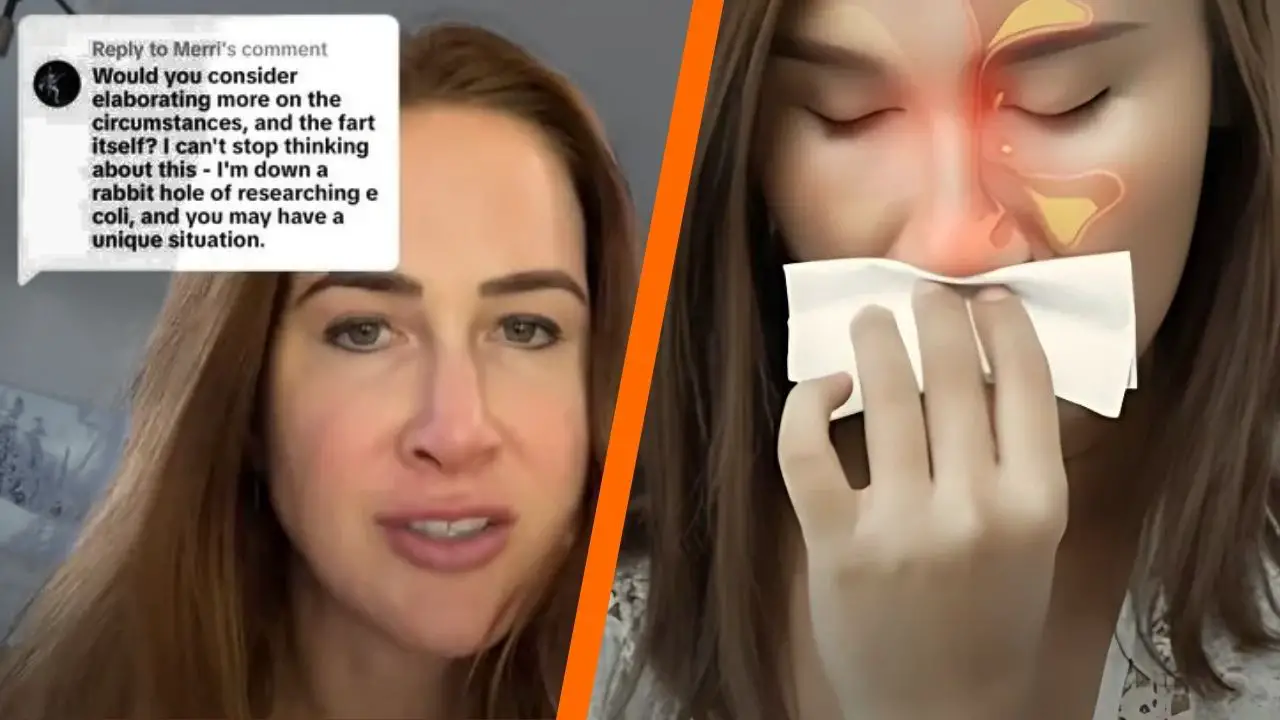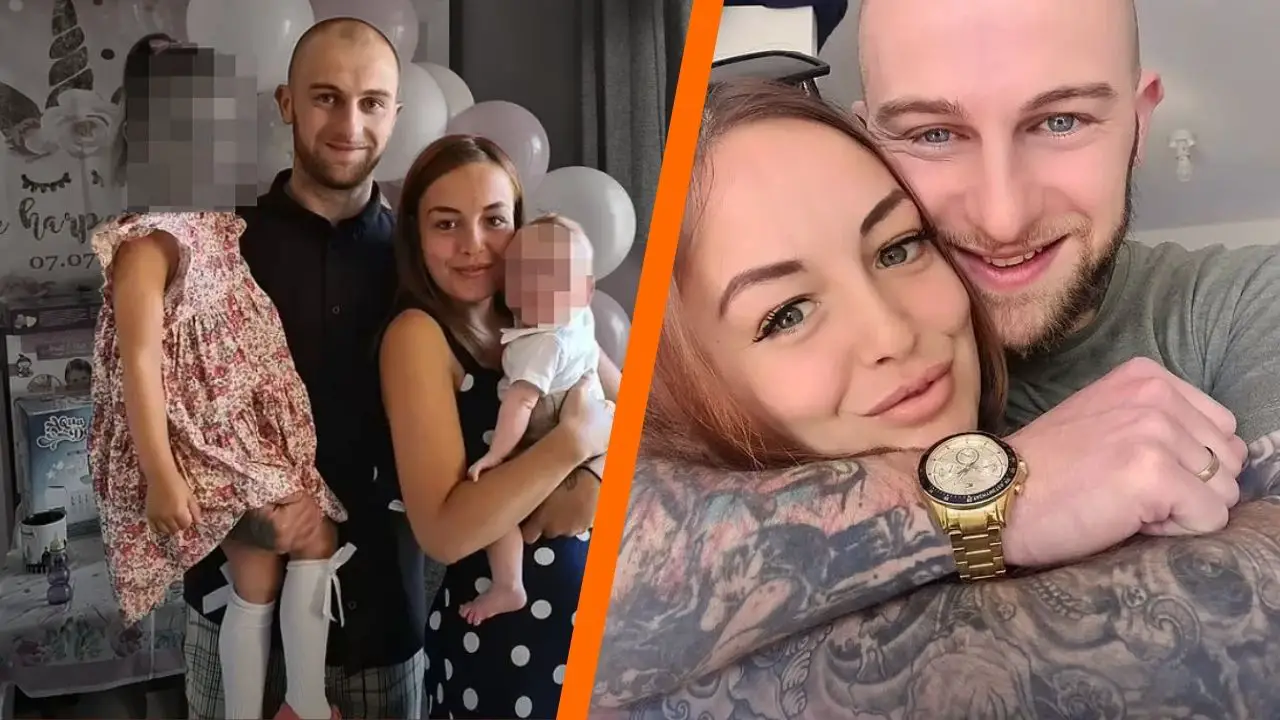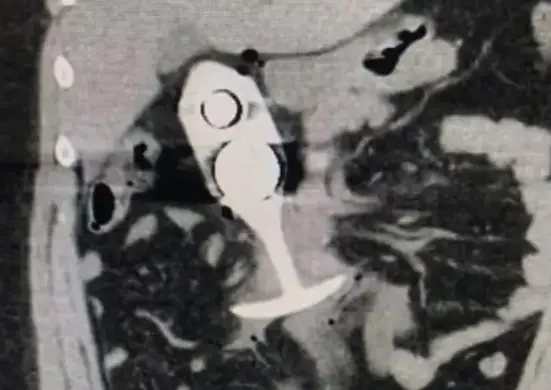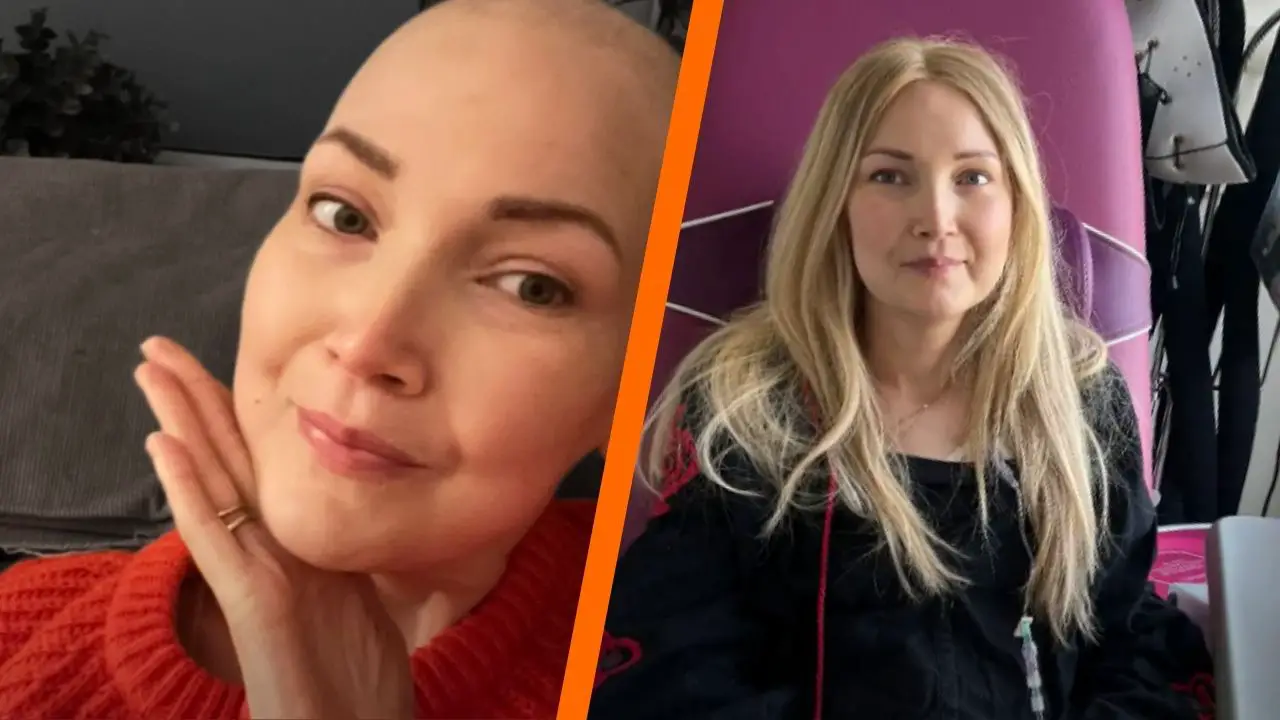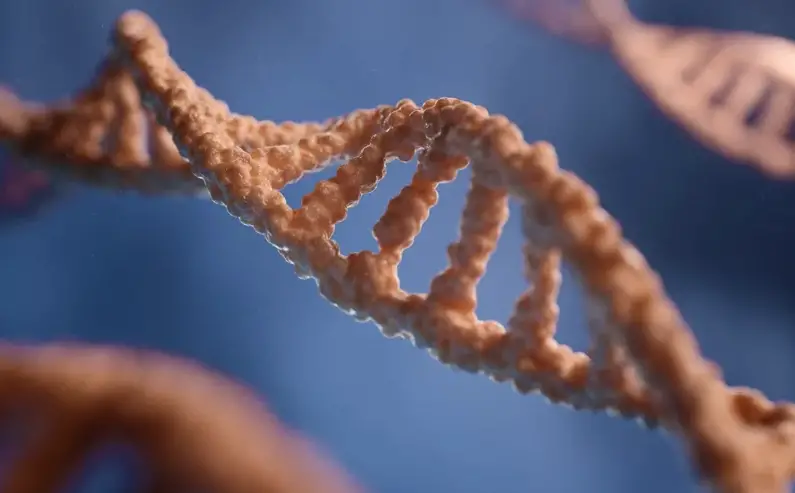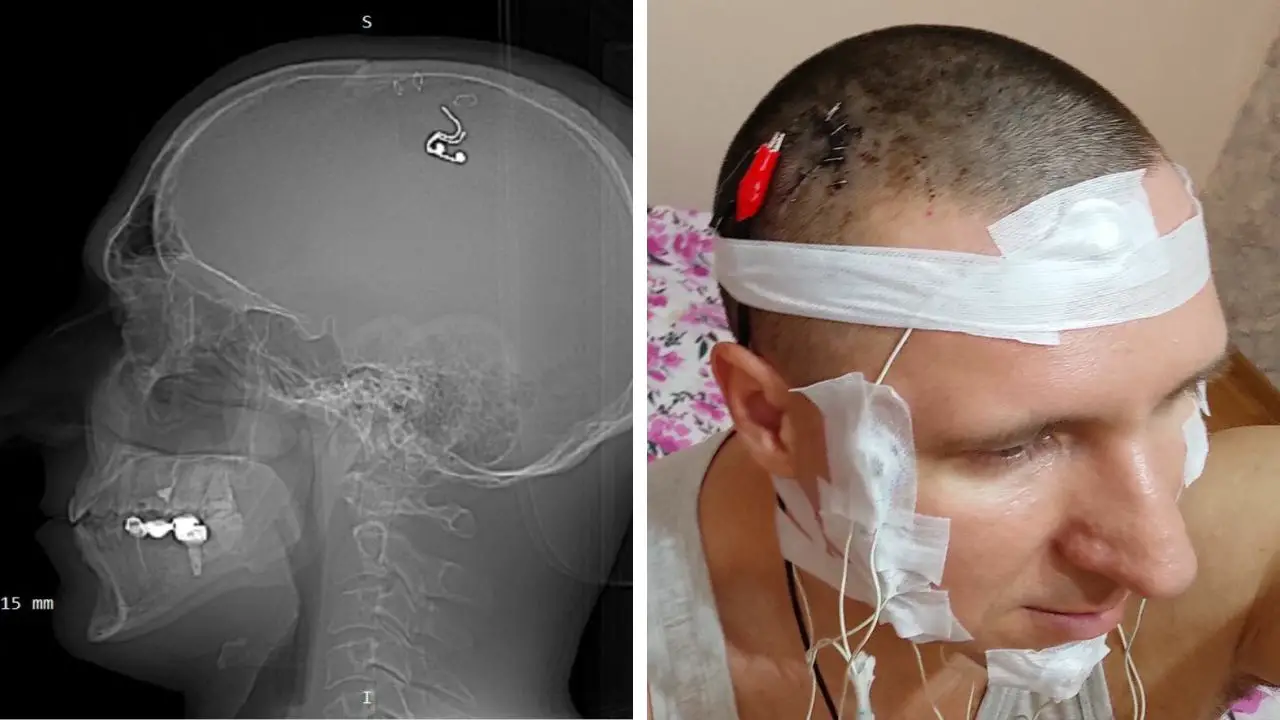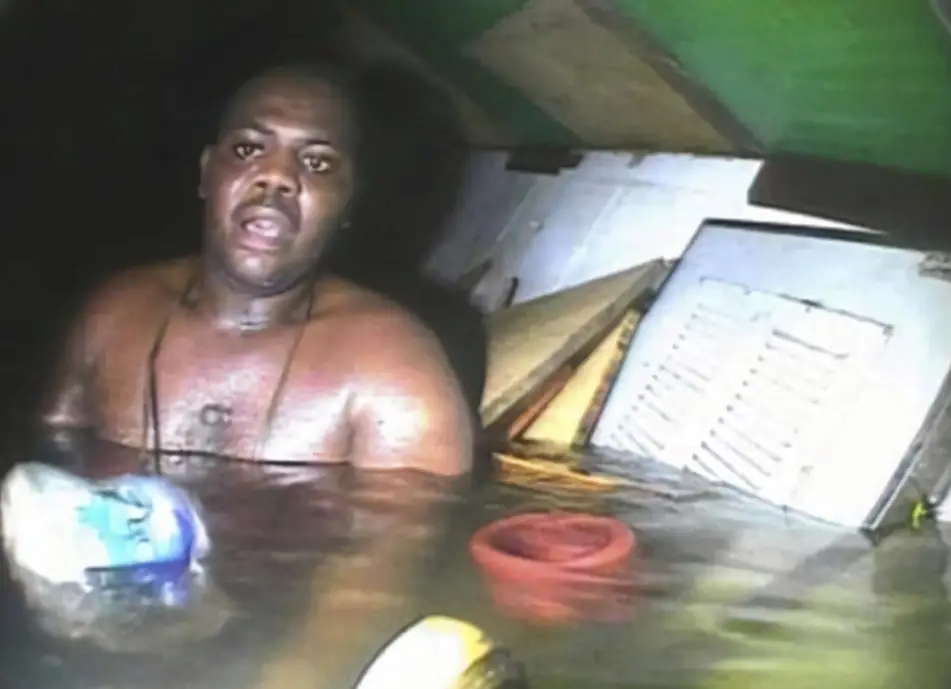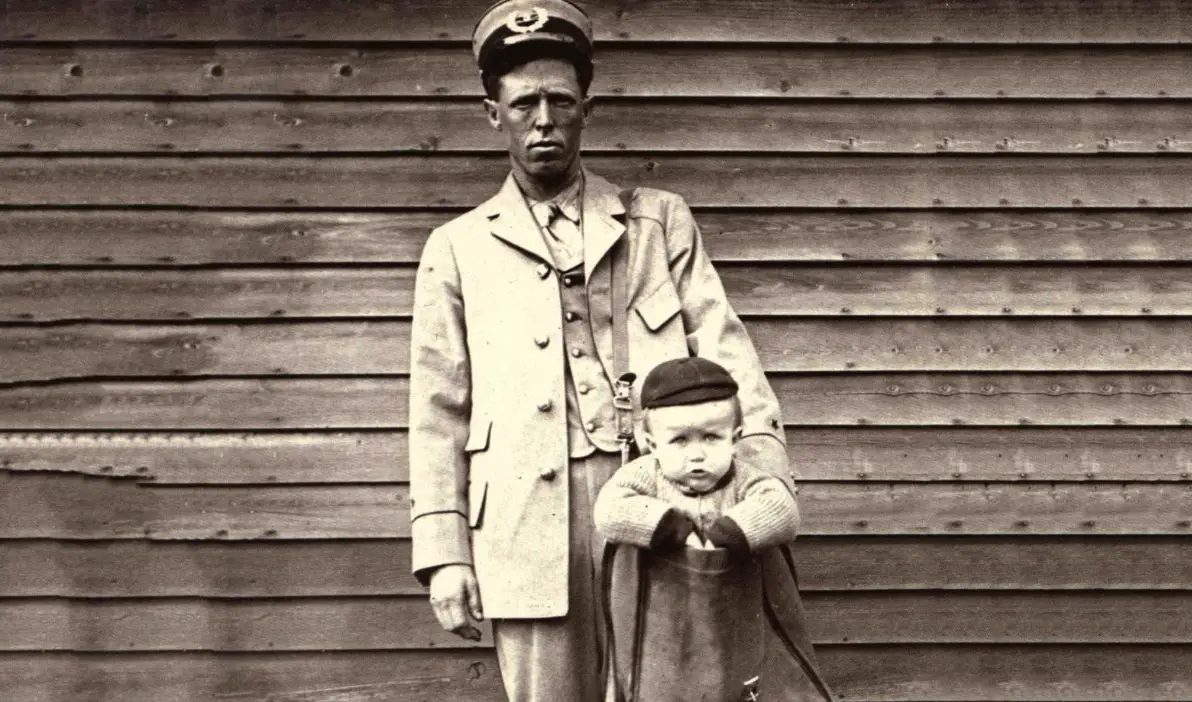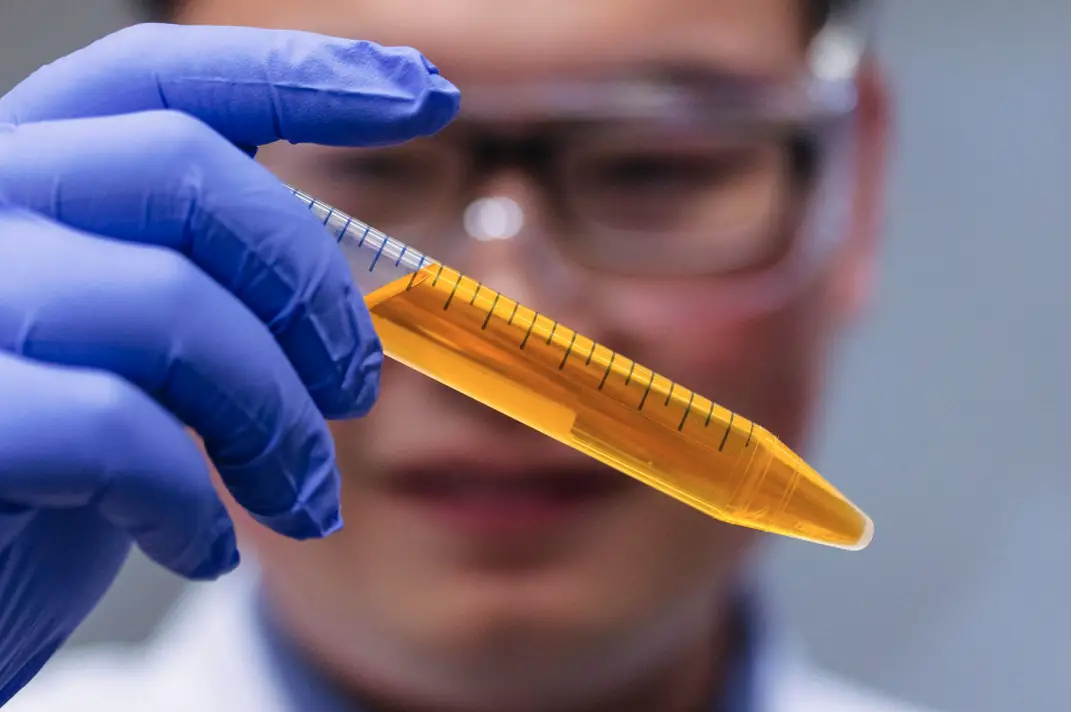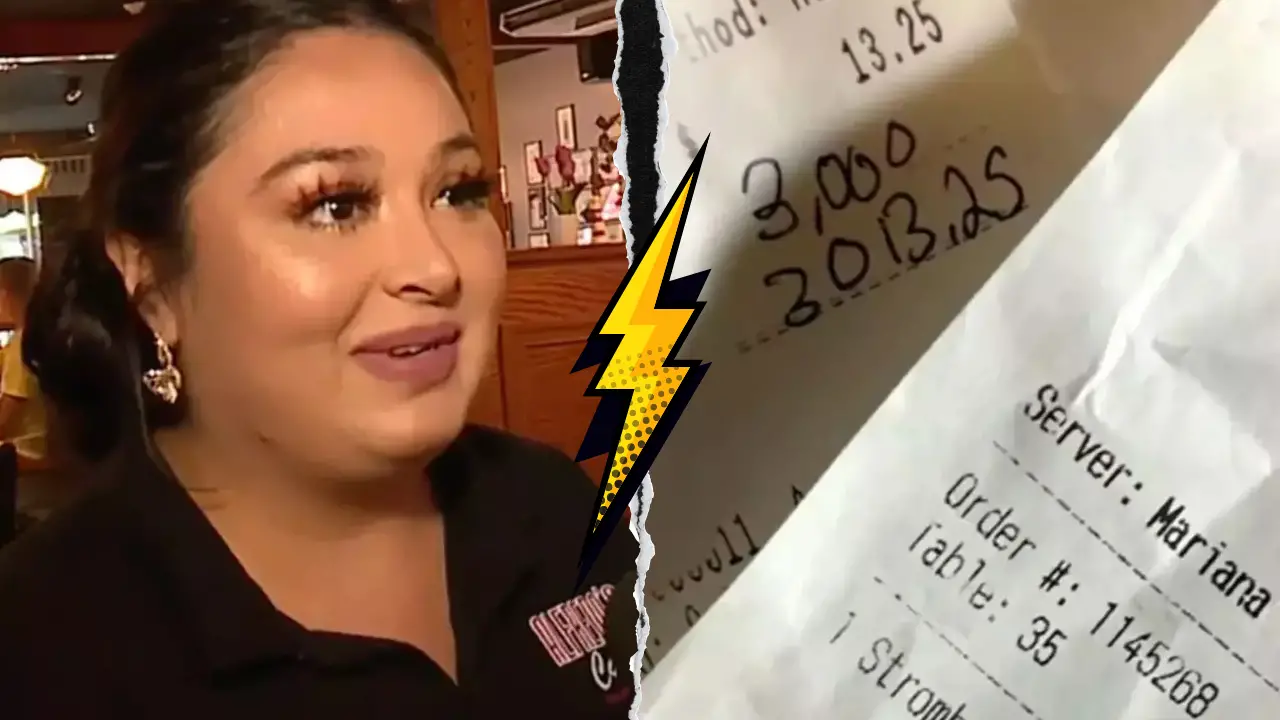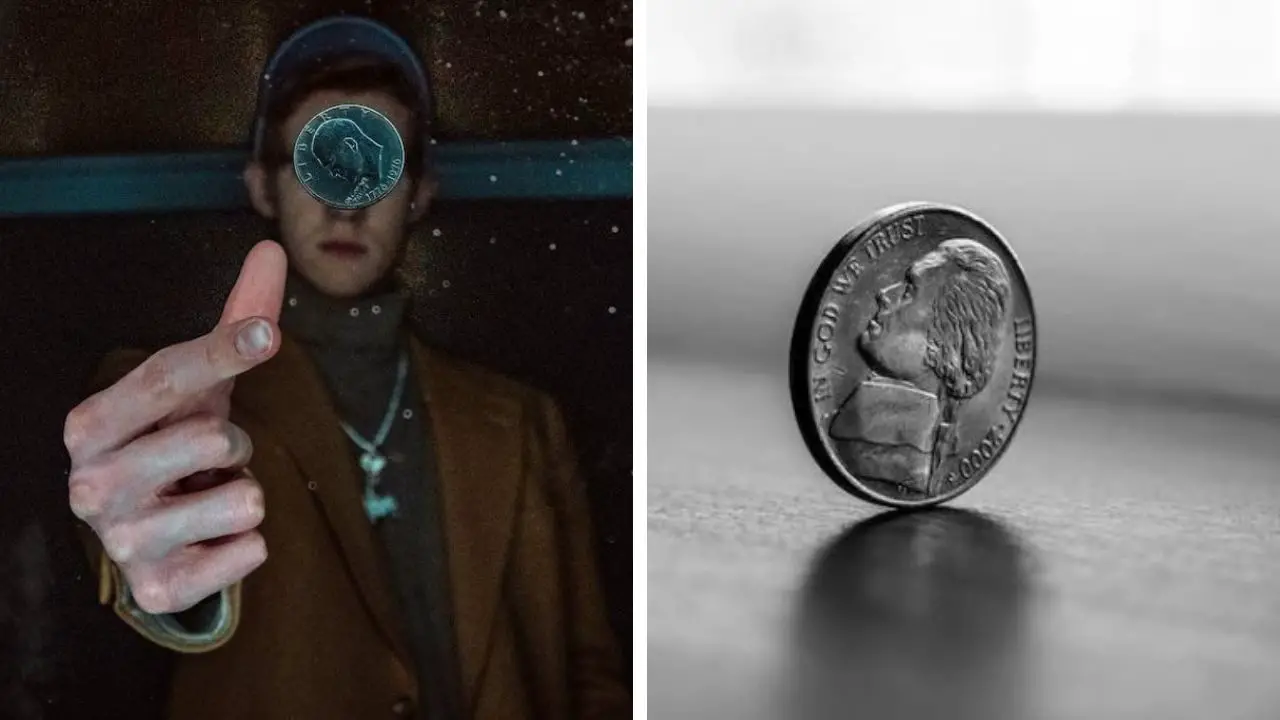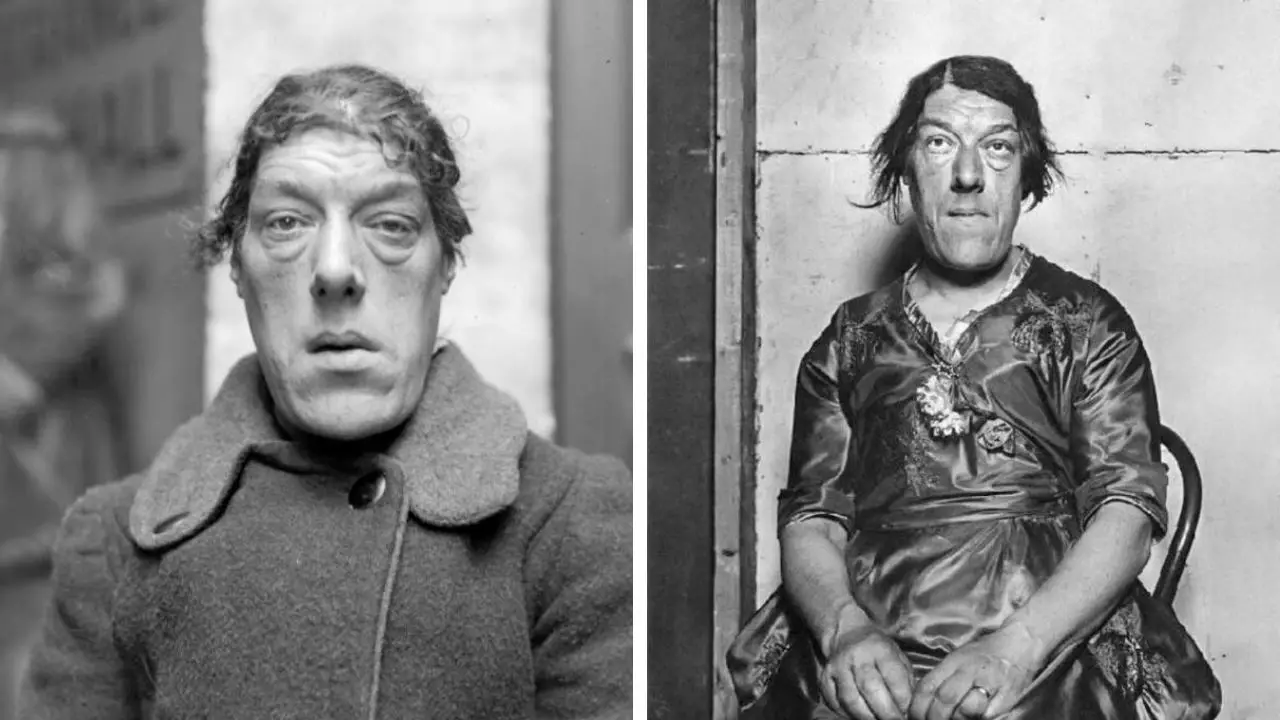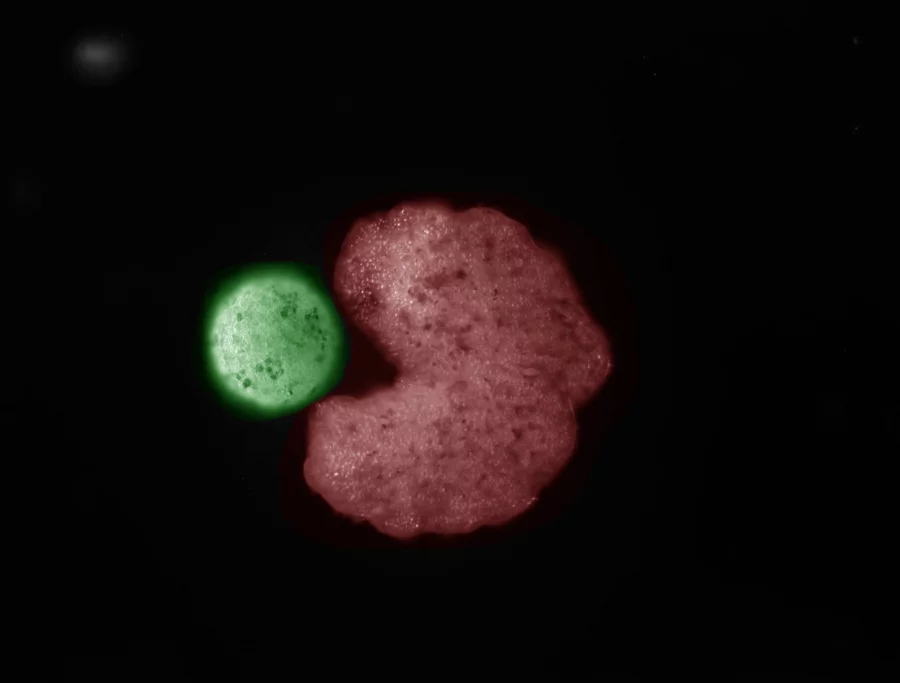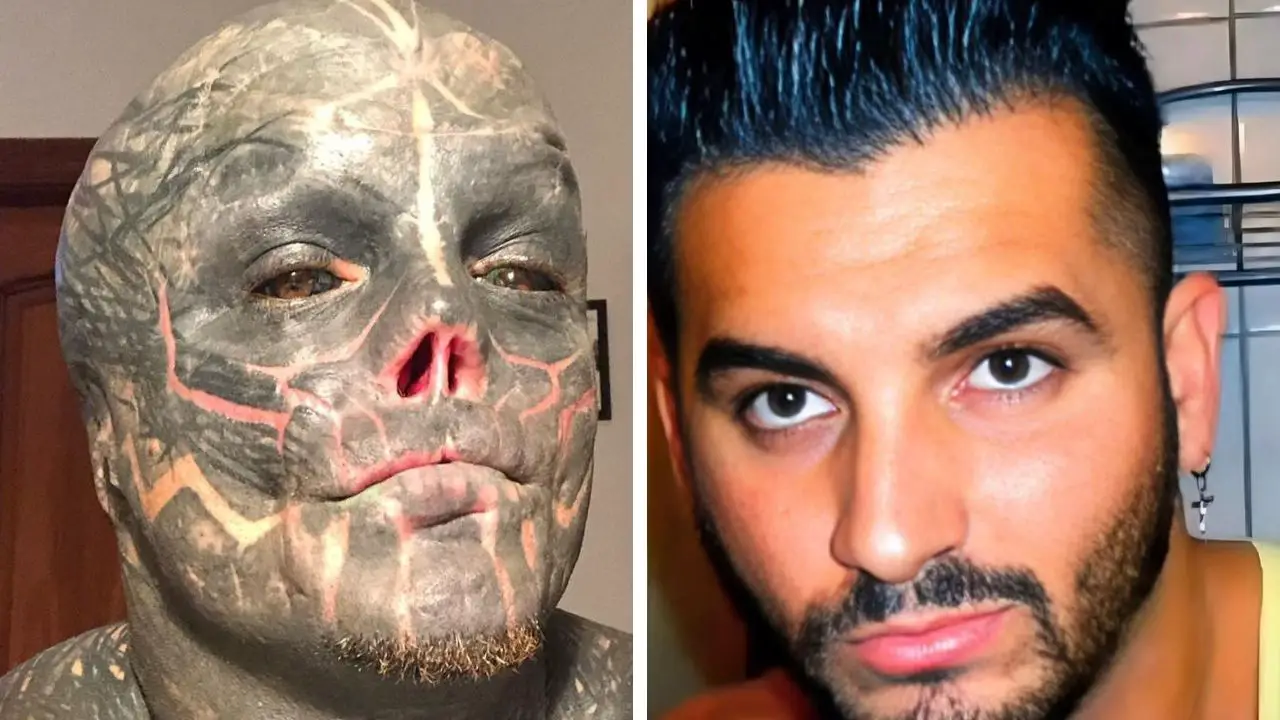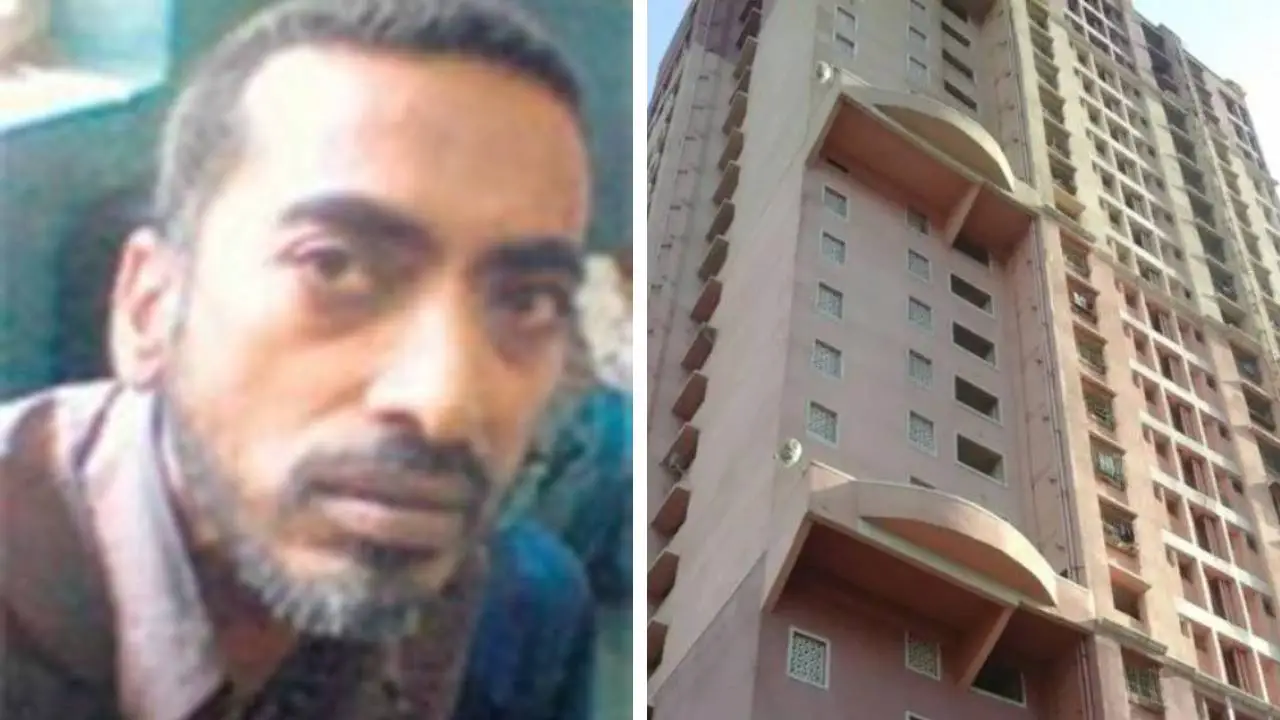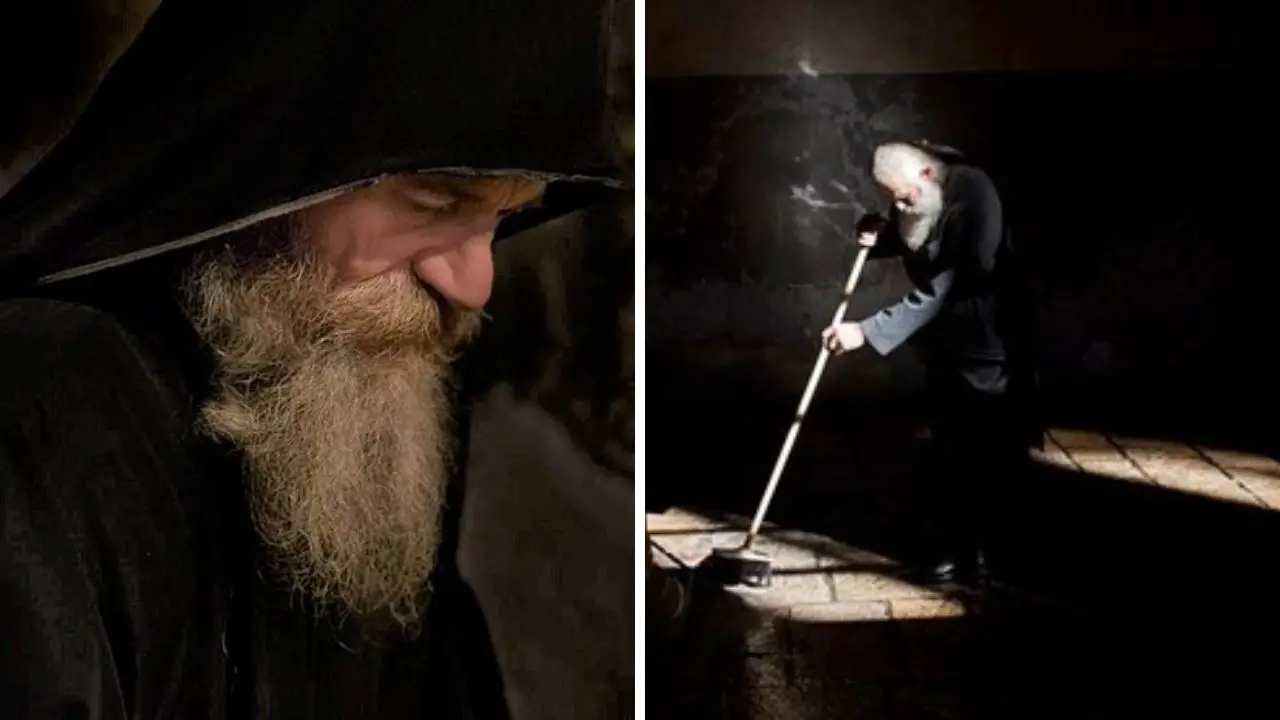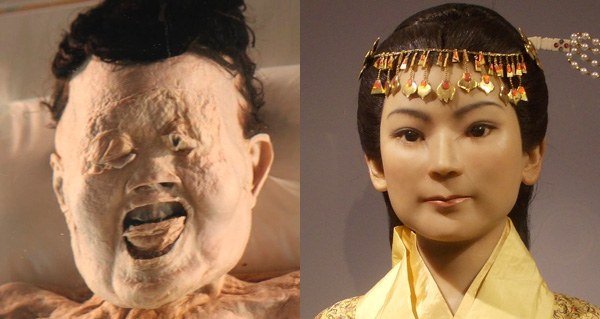Miraculous recovery: Mom defies odds after devastating brain aneurysm
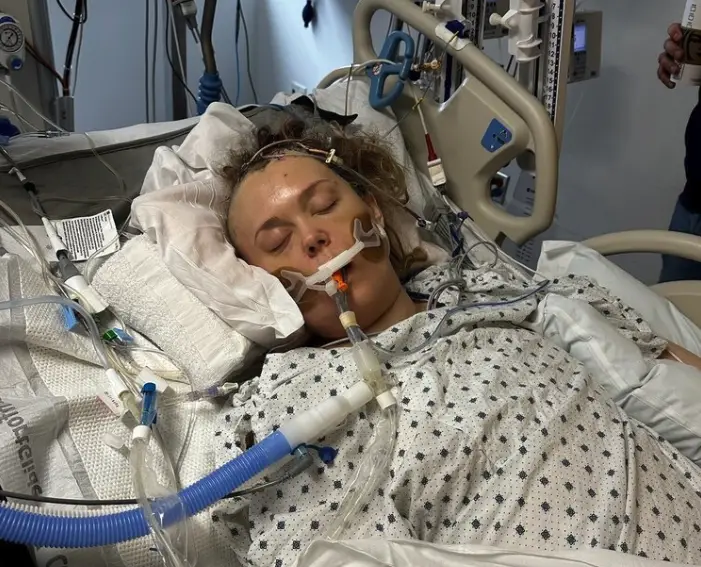
A Sudden Crisis in Cleveland
In early January 2024, Julianne Smith, a 38-year-old mother of three from Cleveland, Ohio, faced a life-altering emergency.
She was at home with her daughters when she suddenly collapsed in her kitchen.
Her 10-year-old daughter, showing remarkable presence of mind, called her father, Mike Smith, who was at work.
Mike rushed home to find Julianne dizzy and in agony. “She put her hand on her head and let out this horrible scream,” Mike recalled to ABC News. He immediately called 911.
Paramedics arrived swiftly, rushing Julianne to a nearby hospital. Her condition was critical, prompting a life flight to the Cleveland Clinic’s main campus.
There, Dr. Nina Moore, a seasoned neurosurgeon, assessed her. “She was on the brink of death,” Dr. Moore told WKYC.
Julianne had suffered a grade 5 brain aneurysm rupture, the most severe form, with only about a 10% survival rate.

What Is a Brain Aneurysm?
A brain aneurysm is a bulge in a weakened blood vessel in or around the brain, as explained by the Cleveland Clinic.
Most aneurysms are small and asymptomatic, but a rupture can be catastrophic, causing bleeding in the brain. The Brain Aneurysm Foundation lists key symptoms to watch for:
| Symptom | Description |
|---|---|
| Sudden severe headache | Often described as “the worst of my life” |
| Nausea | Accompanied by vomiting in some cases |
| Stiff neck | Difficulty moving the neck |
| Confusion | Disorientation or difficulty thinking clearly |
| Blurred or double vision | Visual disturbances |
| Loss of consciousness | Fainting or passing out |
Each year, about 30,000 Americans experience a brain aneurysm rupture.
StatPearls reports that 25% die within 24 hours, 50% within three months, and even with treatment, the mortality rate is nearly 40%.
Survivors often require extensive physical, speech, and occupational therapy, with continuous monitoring to ensure the aneurysm is fully treated.
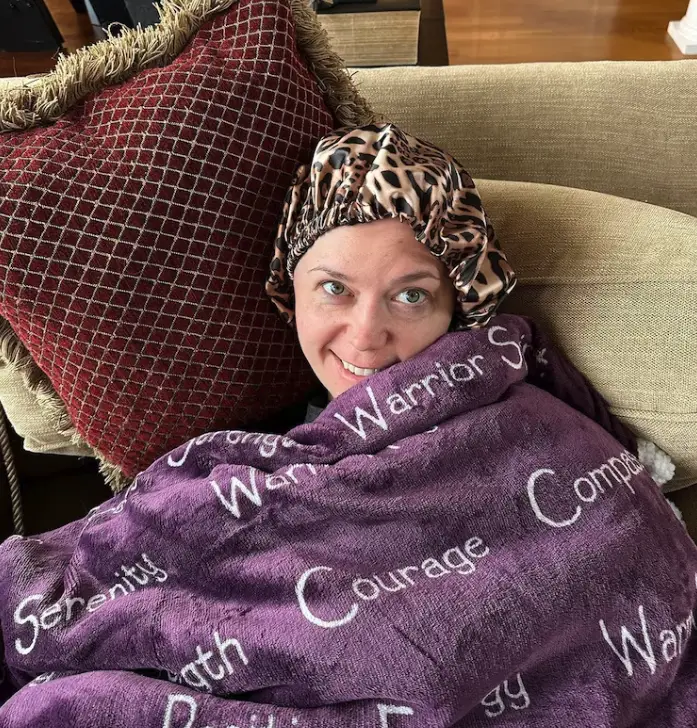
A Race Against Time
At the Cleveland Clinic, Julianne’s medical team acted swiftly. Within 90 minutes of her arrival, she underwent emergency brain surgery.
Severe brain swelling necessitated the temporary removal of part of her skull, a critical procedure to save her life.
“Without this surgery, she wouldn’t have survived,” Dr. Moore explained.
Julianne was placed in a medically-induced coma for 14 days to stabilize her condition.
During this period, she underwent a second high-risk surgery to prevent a massive stroke.
In total, she endured at least 12 procedures, most within the first five days of her hospitalization, from January 5 to February 14, 2024.
Her husband, Mike, sat by her side in the ICU, surrounded by unfamiliar machines, wondering if she would ever walk or talk again.

A Miraculous Awakening
When Julianne emerged from her coma, her recovery stunned her medical team.
“We were astounded. She was following commands, talking, interacting with her family. It was truly miraculous,” Dr. Moore told ABC News.
Julianne herself was bewildered. “I just remember looking at my neurosurgeon so perplexed, like, how did this happen to me?” she recalled to the Cleveland Clinic Newsroom.
The road to recovery was far from easy. Julianne had to relearn basic skills, including walking and speaking.
She underwent intensive speech, physical, and occupational therapy. Despite the grueling process, her determination shone through.
“I looked at the therapist and said, ‘I have a lot to live for”
Her progress was remarkable, but it required immense effort and support from her medical team, including Dr. Adam Barron, a neurointensivist, and Dr. Moore.
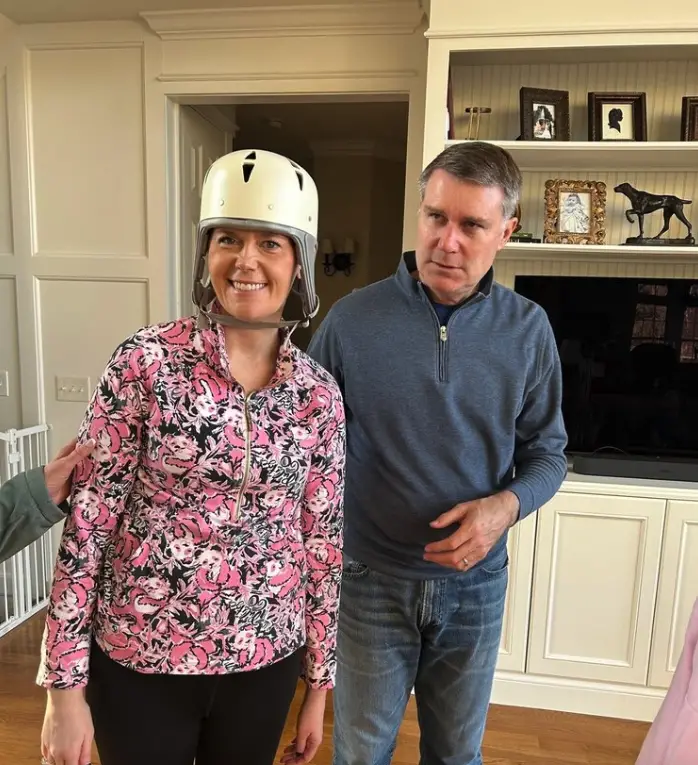
Returning Home and Rebuilding Life
After two months in the hospital, Julianne returned home on Valentine’s Day, February 14, 2024, a poignant milestone for her family.
By October 2024, just nine months after the incident, her progress was extraordinary.
She was walking 3 miles a day, practicing yoga, and even balancing on one foot.
She couldn’t drive for about seven months due to medical restrictions, but she has since regained that independence.
“To see her doing so well so soon brings us all great joy,” Dr. Moore said.
Julianne’s recovery defied expectations, given the severity of her condition.
Her skull, temporarily removed, was later reconstructed, allowing her to resume an active lifestyle.
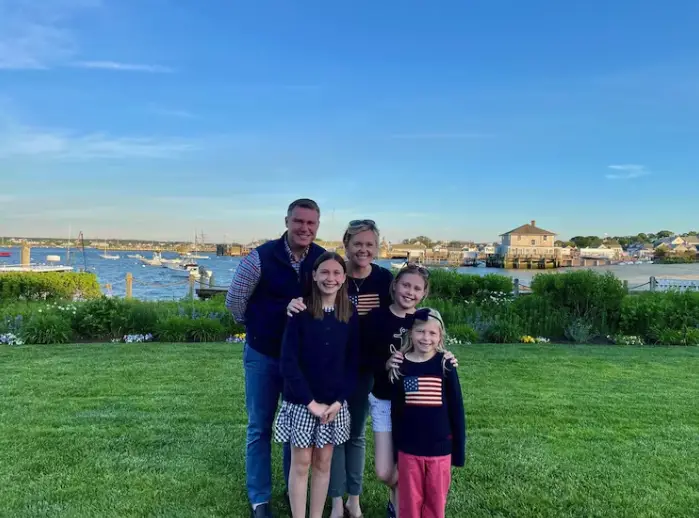
A Family Forever Changed
The ordeal reshaped the Smith family’s perspective. “It shook us to our core, but it brought us back to what really matters in life,” Julianne told ABC News.
Mike expressed gratitude for every day they have together. “I’m just thankful every day,” he said.
The aneurysm was found to be genetic, a critical discovery that prompted family screening.
Julianne’s youngest sister was diagnosed with an aneurysm in the same location, and her 13-year-old middle daughter was scanned for similar risks.
This finding underscores the importance of genetic screening for families with a history of aneurysms.
The Power of Prayer and Gratitude
Julianne attributes her survival to a combination of medical expertise and spiritual support.
“The fact that I’m even here is an absolute miracle. And the power of prayer is so real”
She expressed deep gratitude to her medical team, particularly Dr. Nina Moore, as well as to her family, friends, and countless others who prayed for her recovery.
Her story has resonated widely, drawing comparisons to other high-profile aneurysm survivors, such as Emilia Clarke, who suffered two aneurysms.
Julianne’s journey highlights the resilience of the human spirit and the advancements in neurosurgery that make such recoveries possible.
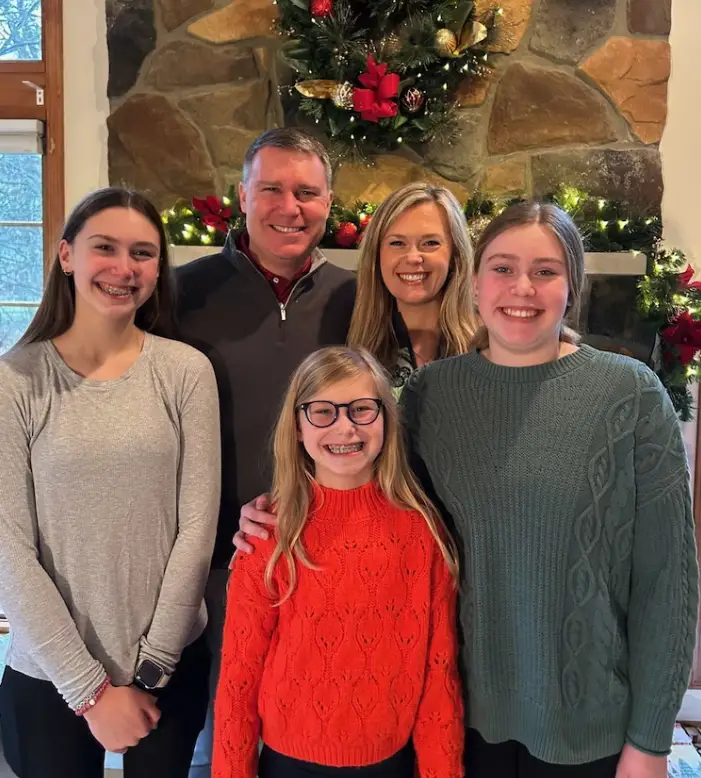
Raising Awareness and Inspiring Hope
Julianne’s experience serves as a powerful reminder of the importance of recognizing aneurysm symptoms and seeking immediate medical attention.
A sudden, severe headache, often described as the worst ever experienced, is a red flag that requires urgent care.
Her story also emphasizes the value of genetic screening for families with a history of aneurysms, as early detection can be lifesaving.
As Julianne continues to thrive, she inspires others facing similar challenges.
Her recovery from a grade 5 brain aneurysm rupture is a testament to medical innovation, personal determination, and community support.
“It’s truly miraculous,” she told the Cleveland Clinic Newsroom. “I really do believe that it’s the power of prayer that got me here.”

